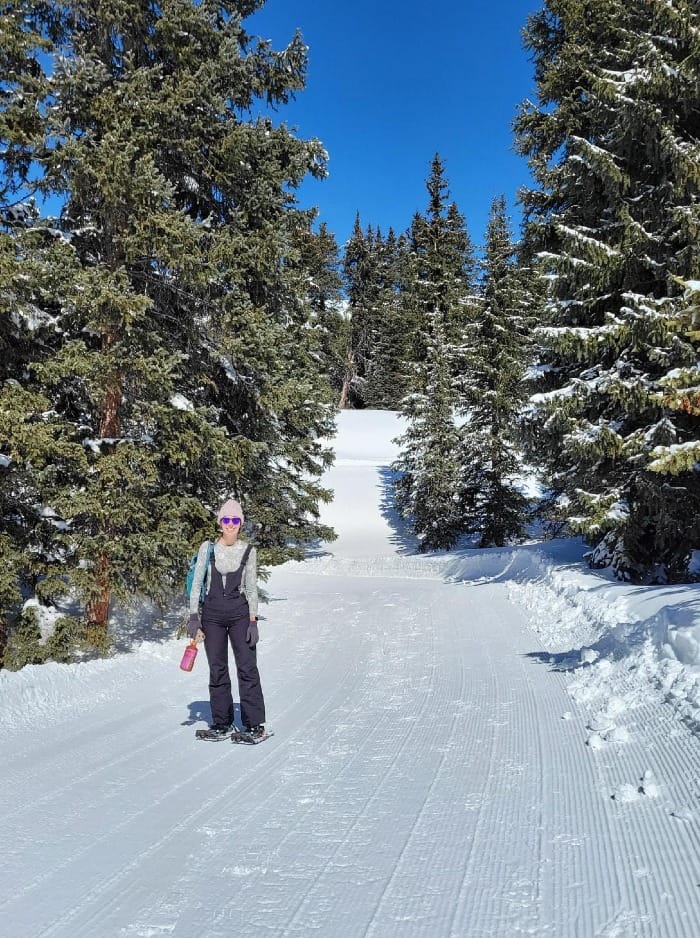Solving for Happiness
In my late 20s, I moved to Houston to take a new job with a fat pay raise. Little did I know that I would quite literally hate it there.

In my late 20s, I moved to Houston to take a new job with a fat pay raise. Little did I know that I would quite literally hate it there. About 3 months after I moved to Texas, my boss randomly dropped dead from a freak infection. Not only did I suddenly lose an amazing mentor whom I was excited to build a new company with, but the job I was hired for no longer existed. About 3 months after that, my relationship with the guy I was dating (and had coordinated my move to Texas with) ended. On top of that, I had to sell my dream condo in Atlanta which I lived in for less than a year to make the move; I went from living in a fancy high-rise back to living in an apartment complex, finding the cost of living in Houston much higher than in Atlanta.
I became deeply depressed. I found myself wondering how in the world I went from an energetic happy-go-lucky person with loads of friends to a lonely and sad version of myself. And how did it happen so quickly?
Finding Flow
As any fine engineer would do, I decided to treat my depression as a problem to solve. I went to therapy for the first time. I also spent my free time researching happiness, devouring whatever articles or books I could find on the topic. Something that piqued my interest regarding happiness (probably because it involved taking action) was flow-inducing activities i.e. activities that engage your brain in such a way that you lose track of time. Sometimes referred to as being "in the zone," all attention is focused on the task and no attention is paid to yourself. Reading about this flow state made me realize I didn't have any hobbies outside of working out. So I set out to rectify this.
I first created a list of potential happiness-inducing hobbies I might like, thinking I wanted an activity involving my hands. The first idea I wrote down was cross-stitching 🤷🏻♀️ Blame it on my Mormon upbringing, but I remembered that my older sister seemed to really like this activity, so I thought "Why not me!" I quickly Amazon primed a beginner's kit and got to work. Unfortunately, I had little patience for this particular craft - it didn't make me happy; it just made me annoyed.
I readily abandoned it and proceeded to my second idea: DJ'ing. Yes, that's right - the main reason I became a DJ is not because I was soo inspired by the music . . . it's because I was desperately searching for an activity to occupy my anxiety-ridden mind and thereby hopefully make me happy. So I registered for an online course, bought the equipment, and became a working DJ, eventually playing 2 to 3 nights a week.
Although DJ'ing allowed me to reach a flow state at times, I valued it more for helping me make friends and feel more connected to my community through my charity gigs. Initially, DJ'ing also involved a lot of play: playing around with various sounds, genres, effects, and transitions. I've since learned that connection (to humans and nature) and play are cornerstones of my happiness. If you ask Catherine Price, a journalist and author of The Power of Fun:
"true fun," as I call it — is the combination of three states: playfulness, connection and flow. And when those three states are together, like the center of the Venn diagram, that is the feeling of fun." - The 3 ingredients for fun: an expert's formula for experiencing genuine delight
Creating Happiness
One of the premises of The Happiness Lab podcast is that you can make yourself happy by incorporating simple actions into your life. Dr. Santos also discusses this in her (free) online happiness course, The Science of Wellbeing Through researching and reviewing various scientific studies, Dr. Santos identifies 8 core habits or actions (known as rewirements in the course) that are scientifically proven to increase happiness, seen below.
- Signature Strengths - using your top character strengths in new ways
- Savoring - taking time to savor the things you enjoy
- Gratitude - expressing gratitude for the people and things in your life
- Kindness - increasing your acts of kindness
- Social Connection - making connections with strangers and acquaintances along with scheduling time for the people in your life
- Exercise - increasing your physical activity to at least 30 minutes a few times a week
- Sleep - making sure you sleep at least 7 hours a night several times a week
- Meditation - meditating for 5-10 minutes if you are a beginner or increasing your time in meditation if you already meditate regularly
(I strongly encourage you to check out the course if you'd like to learn more about happiness from a scientific perspective, backed up by real data. Plus, Laurie is a wonderful teacher/human.)
Summary
By navigating that dark time in Houston, I learned that happiness is not something you magically stumble upon or are born with. If you're not happy, you can take action to fix it. Yes, it's a mindset, but if you don't work at it, you may be unpleasantly surprised how quickly your mindset can shift. I'm not saying this to scare you - only to let you know that sometimes, happiness takes work
I hope you found something in last week's challenge that sparked joy or maybe even induced a flow state 😌 Whatever the case may be, I hope you spent time doing something that makes you happy. May you continue to identify exactly what makes you happy in this life and keep incorporating 'whatever that is' into your life. Keep up the good work!
